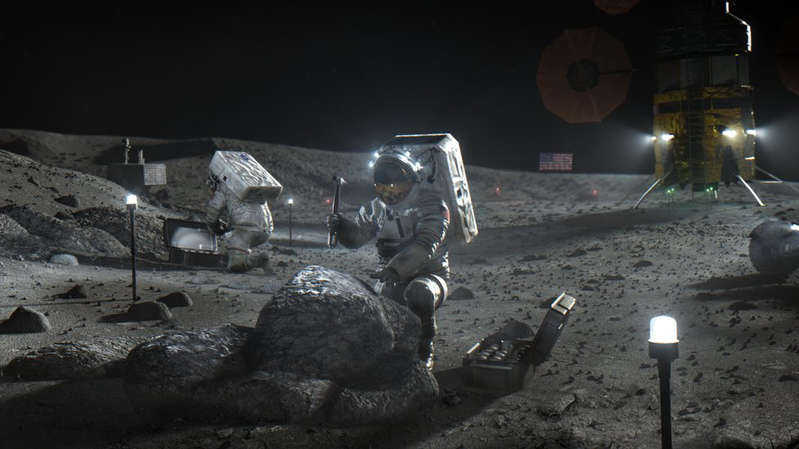For the first time, the American space agency NASA has fully assembled and showed the world its super-heavy rocket, on which astronauts will fly to the moon this decade.
Engineers at the Kennedy Space Center in Florida lowered the Space Launch System's (SLS) 65-meter main stage between two boosters, connecting all three of the superrocket's main elements for the first time.
NASA plans to launch this rocket on its maiden flight later this year.
- NASA Selects Elon Musk's Spaceship to Send Americans to the Moon
- Next stop is Venus. Why NASA is sending two missions to Earth's closest neighbor
During this flight, called the “Artemis-1” mission, the SLS rocket will launch a new generation Orion spacecraft to the Moon. However, there will be no astronauts: NASA wants to first test the entire system in unmanned mode and only then, in 2023, launch it with people on board.
The SLS super-heavy rocket consists of a giant, twenty-story building high, a main stage with fuel tanks and four powerful engines, and two solid-propellant boosters 54 meters long (high) each.
Solid propellant boosters will accelerate the rocket in the initial phase of the flight, in its first two minutes.
On Friday and Saturday, Kennedy Space Center workers first lifted the main stage with a crane, moved it from horizontal to vertical position, lowered it between two boosters already in the mobile launch complex, and connected them.
The whole structure is still in a giant assembly shop. At the mobile launch complex, the rocket will first be tested, and then he will take it to the launch site.
The installation of solid propellant boosters at the launch complex began last November. The main stage all this time passed thorough testing at the stand in the state of Mississippi.

NASA wants to return to the moon half a century after the first lunar program
In March, the designers and engineers successfully performed a bench launch of the engines lasting eight minutes – that is how long it will take for the SLS to get out of the earth's atmosphere.
The main stage was then brought by barge to the Kennedy Space Center.
The Artemis-3 mission, the first manned flight to the moon after Apollo 17, which flew in 1972, is scheduled to start in the coming years.
NASA recently signed a contract for the creation of a lander that will land on the moon with Elon Musk's SpaceX.

